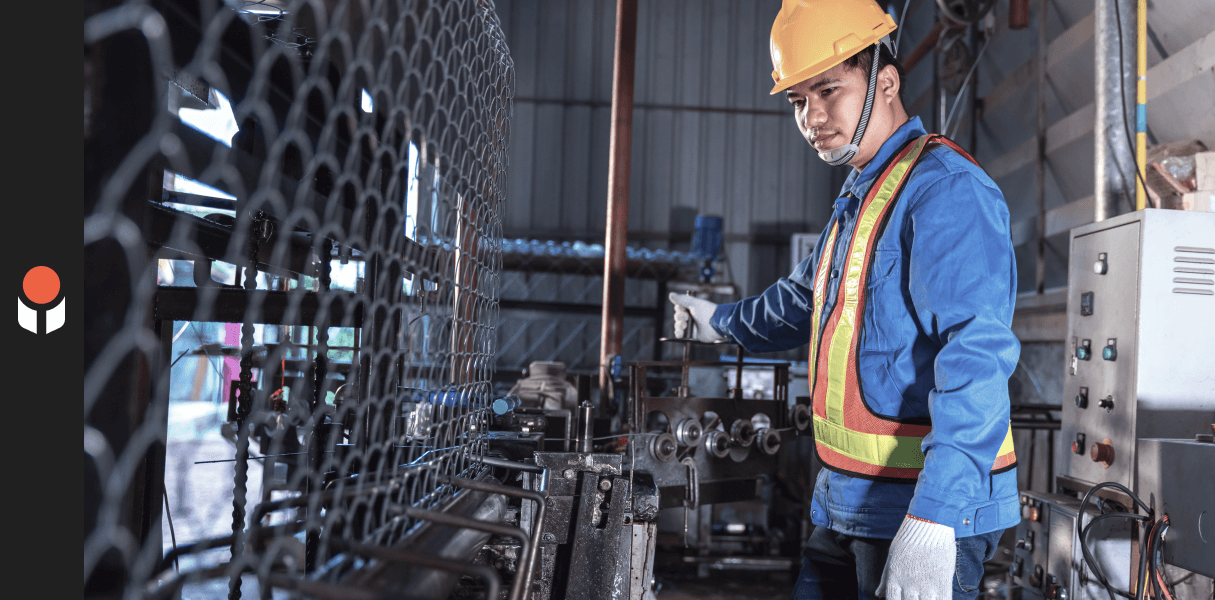A Safety Controls Case Study
Global Manufacturer Focuses On Worker Safety
A large, global aluminum extrusion client of ours issued a corporate mandate to evaluate and improve general machine safety issues across 20+ facilities. Our client recognized the importance of high machine safety standards not only for the well-being of their staff but also the positive financial impact to their bottom line.
The Problem
Safety is a basic need, not only for the health of workers, but also for the efficiency and sustainability of manufacturing plants. Our client had a goal to bring an entire facility up to a safety integrity level (SIL) 4, the highest level a manufacturing plant can achieve.
The Solution
Concept Systems selected and procured all the necessary hardware, keeping in mind the specificities of the individual sites. Utilizing today’s technological advancements, we modernized and raised the general machine safety of the entire aluminum line, including ovens, conveyors, saws, extruders, and stretchers. We integrated, configured, and tested each safety enhancement.
The rigorous SIL analysis takes into account the maximum probability of dangerous failure and the risk reduction factor to identify the probability of failure per hour (PFH). A safety integrity level 4 means the PFH is between .00000001 and .000000001.
First, overall machine safety at the chosen facility was assessed by Rockwell Automation. The risk assessment process begins by defining the functions of each machine: maximum production performance, physical limitations, materials used, lifespan, expected disturbances and malfunctions, people involved, and reasonable foreseeable misuse.
After this step is complete, Rockwell identified all types of hazards and hazardous events in all phases of the life of the machine from assembly to maintenance and disposal:
Mechanical hazards (cutting, crushing, entanglement, etc)
Electrical hazards
Thermal hazards
Hazards generated by noise
Hazards generated vibrations
Hazards generated by radiation
Hazards generated by materials and substances
Hazards generated by neglecting ergonomic principles during the design of machinery
Slipping, tripping, and falling hazards
Hazards related to the environment in which the machine is used
Hazards resulting from a combination of the aforementioned hazards
The next step is to estimate risk by determining the probability of hazardous occurrences. All this information is consolidated into a single document, which we used to begin safety remediation.
Examples of Automated Machine Safety Control Upgrades:
We installed a Rockwell Automation 442GMFAB Box in 26 work cells. This door module requires that a operator request entry to the work area. The system will lock before the operator can enter, so they are not in danger when nearing machinery. We also installed light curtains and area scanners for added safety.
Smart and simple, KEYENCE safety laser scanners use time-of-flight technology to gauge when an unexpected operator or object is in a dangerous area. By providing area protection and access prevention, KEYENCE scanners ensure proper operation and avoid hazards that can cause injury and unexpected production downtime. At Hydro Extrusions, we installed KEYENCE scanners at the head stock and tail stock to make sure no workers are in the way when the aluminum is stretched straight.
These and more hardware upgrades mitigated risks throughout the entire aluminum line and Rockwell Automation was brought in again to validate the integrations. We succeeded in increasing the plant SIL to the highest level 4 by implementing functional safety at both aluminum plants.
Functional safety means that each individual safety component must be working as expected for every other component to allow the operation to continue. By treating the function of each part of the production as equally important to the function of the entire system, we do not compromise machine safety, preventing unacceptable levels of risk at all points in time.
Each week, Concept and the client had project management meetings where Concept reported the project status and obtained answers to fix any delays in progress. We provided a complete drawing package with designs of the Rockwell hardware that was integrated and full electrical schematics, which the client used to update their plant documentation.
The Results
Concept ensured that the safety controls implementations had minimal impact on production during the install. As soon as the full install and training were complete, plant production returned to top operating capacity.
Increases overall equipment effectiveness (OEE)
Decreases unscheduled downtime
Cuts in half the injury rate of plant workers
Reduces mean time to repair (MTTR)
Streamlines lockout and tagout procedures
Investing in machine safety automation is a cost-effective decision for business leaders who want to manage risk and improve employee morale.
Learn More About Our Safety Controls Capabilities
Project Details
Project Duration
11 Months
Concept Systems Time On Site
7 Weeks
Technology Used
Rockwell Automation
Keyence Scanner

